The Role of K-9 Units in Security Guard Services
October 9, 2024

The use of dogs for security dates back to ancient times, with civilizations such as the Egyptians, Greeks, and Romans utilizing canines as protectors and sentinels. These early roles laid the foundation for the modern use of K-9 units. In military contexts, dogs have long been valued for their loyalty and exceptional sensory abilities. It was during World War I and II that dogs became more formally integrated into military operations, where they were used for sentry duty, tracking, and delivering messages.
As military successes grew, K-9 units transitioned to civilian security roles. By the mid-20th century, police forces worldwide began incorporating K-9s into their crime prevention and law enforcement strategies. Key milestones in their integration into private security occurred when large-scale industries, airports, and government agencies realized the value of trained dogs in detecting threats like explosives, narcotics, and unauthorized intrusions. Today, K-9 units are integral to modern private security services, providing a reliable, non-lethal method of threat detection and prevention.
How Security Guards Handle Suspicious Packages
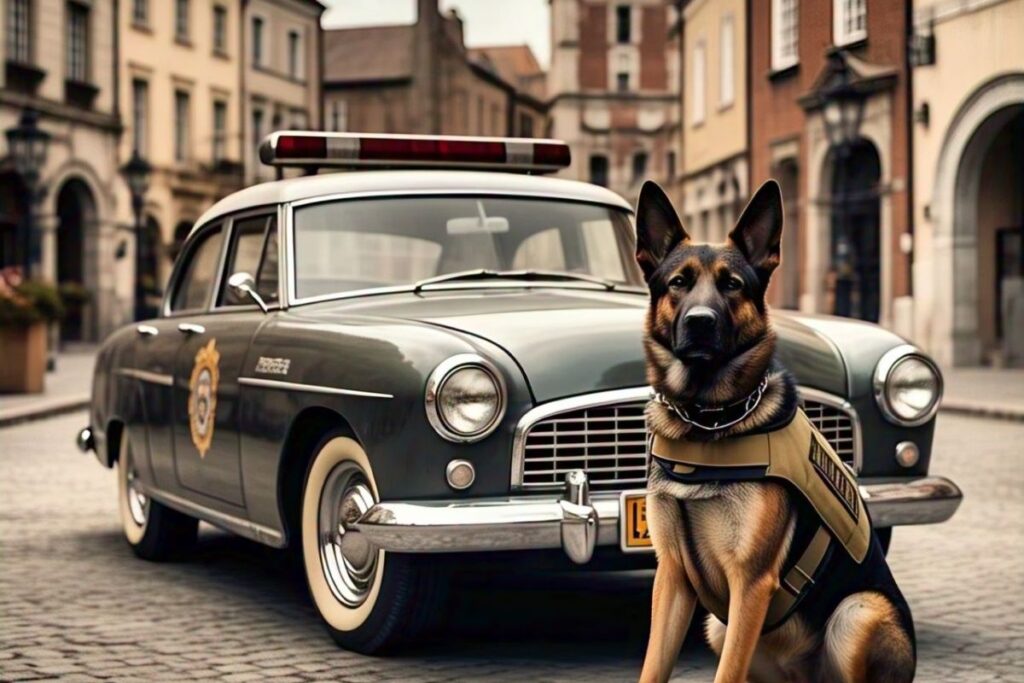
Why K-9 Units Are Effective in Security
K-9 units stand out in security operations because of their unmatched sensory capabilities and agility. Dogs possess a sense of smell that is 10,000 to 100,000 times more acute than humans, enabling them to detect substances like drugs and explosives with remarkable accuracy. Additionally, their hearing is far superior, allowing them to detect movements and sounds beyond human range, such as the approach of intruders or distant disturbances.
These natural abilities give K-9 units a distinct advantage over human security guards, particularly in high-risk areas like airports, warehouses, and government buildings. While humans rely on technology such as cameras and alarms, dogs can act as both a deterrent and a first response, immediately identifying and reacting to potential threats. This dual functionality—detection and deterrence—makes K-9 units highly effective. In fact, the visible presence of a K-9 unit often discourages criminal activity, making them a vital part of maintaining order in sensitive environments.
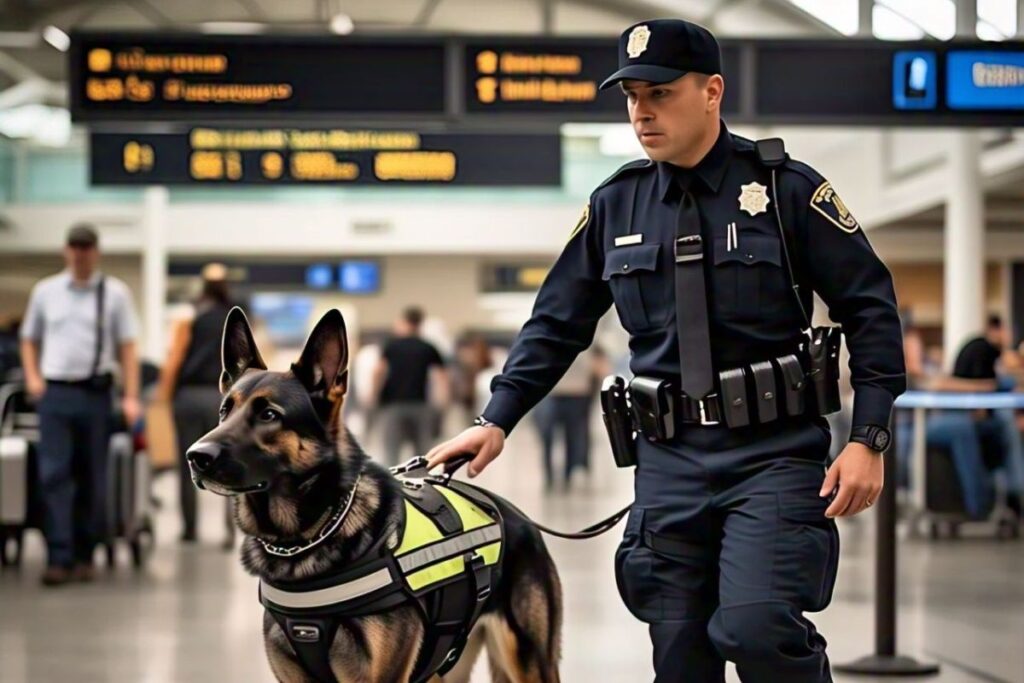
Types of K-9 Units in Security
K-9 units are not a one-size-fits-all solution; there are specialized types, each tailored to specific security tasks:
- Patrol Dogs: Trained for protection, crowd control, and suspect apprehension, patrol dogs are used in high-visibility environments. Their primary role is to provide a physical deterrent to potential criminals and to help security personnel maintain order. Patrol dogs are agile and responsive, capable of neutralizing threats quickly and efficiently.
- Detection Dogs: These dogs are trained to detect substances like explosives, narcotics, and firearms. Detection dogs are commonly deployed in airports, government buildings, and large public gatherings where there is a high risk of hidden threats. Their scent-detection training enables them to identify even trace amounts of dangerous substances.
- Tracking Dogs: Specially trained to locate individuals, tracking dogs follow scent trails left by suspects or missing persons. They are critical in both criminal investigations and search-and-rescue missions. Their ability to track across vast and challenging terrains makes them invaluable to law enforcement and security services.
- Dual-Purpose Dogs: Combining the skills of patrol and detection dogs, dual-purpose dogs are versatile and effective across multiple security tasks. These dogs can detect threats like explosives and narcotics while also being capable of apprehending suspects or controlling crowds, making them a valuable asset for security operations requiring multi-tasking.
Role of Security Guards in Airport Security
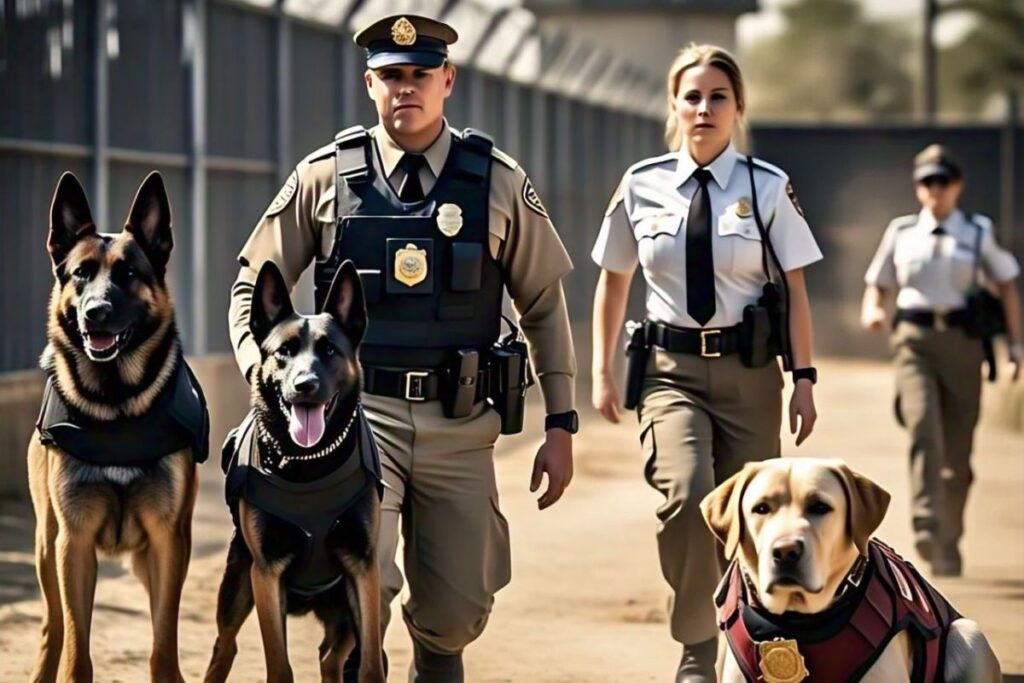
Training of K-9 Units
Training K-9 units is an intensive and continuous process, requiring both obedience and specialized skill development. The training typically begins with basic obedience, ensuring that the dogs respond to commands without hesitation, even in high-stress environments. This is followed by agility training, where dogs learn to navigate complex environments, from urban settings to natural terrains.
A significant part of K-9 training involves scent detection, where dogs are taught to identify specific odors such as explosives, drugs, or firearms. This training is often customized to the environment in which the dog will work, such as airports or commercial buildings. Bite work, a critical component of patrol dog training, ensures that K-9s can subdue suspects effectively without causing unnecessary harm.
Common Challenges Faced by Security Guards in Australia
K-9 units undergo regular re-training and continuous assessments to maintain their operational readiness. Both the dog and its handler are required to stay up to date with the latest techniques, ensuring they work seamlessly together. Certifications and legal requirements vary by region but are essential to ensuring that K-9 units meet the rigorous standards needed for security operations.
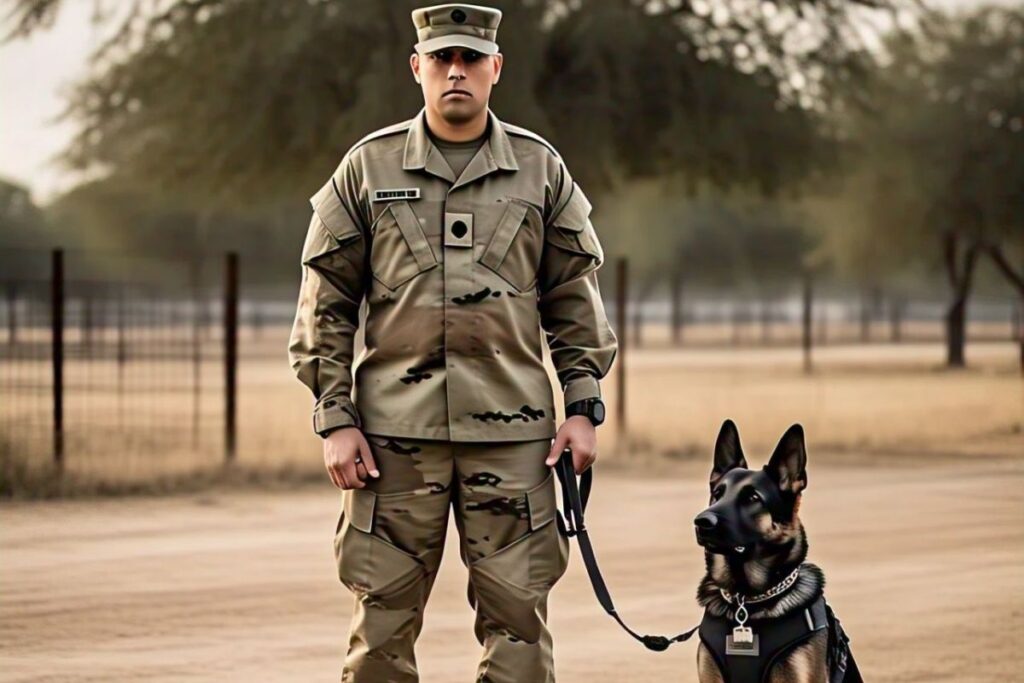
Role of K-9 Handlers
The success of a K-9 unit depends not only on the dog but also on its handler. The relationship between the two is built on trust, communication, and mutual understanding. A handler must possess a deep understanding of canine behavior, as well as the ability to interpret the signals their dog is giving them.
Handlers play a crucial role in guiding K-9s during operations, ensuring that they respond to commands and make appropriate decisions in real-time. In addition to being trainers, handlers are responsible for the care and well-being of their dogs, providing regular exercise, grooming, and medical attention to keep the K-9 in peak condition.
K-9 handlers must undergo specialized training to work with their dogs effectively. This training includes learning how to handle stressful situations, how to interpret the dog’s signals, and how to communicate clearly with their K-9 partner. Certification is typically required to ensure that both the handler and the dog can work together safely and effectively in high-pressure environments.

Technological Integration in K-9 Security
The integration of modern technology into K-9 security operations has revolutionized the field, enhancing both the efficiency and safety of K-9 units. Tools like GPS tracking devices and body cameras allow handlers to monitor their dogs in real-time, improving situational awareness during security patrols. GPS tracking, in particular, ensures that handlers can locate their K-9s at any time, which is critical in large or high-risk areas.
Body cameras attached to K-9s can provide live video feeds, giving security teams an immediate visual of a dog’s location or the presence of intruders. In addition, biometric sensors are increasingly used to monitor the dog’s vital signs, ensuring that they are operating within safe parameters during extended patrols or high-stress situations.
Looking forward, artificial intelligence (AI) and data analytics are expected to further enhance K-9 operations. AI could assist in analyzing scent patterns, alerting handlers to unusual behavior, or identifying emerging threats more quickly. These technologies will not replace K-9s but will augment their abilities, allowing for more sophisticated and responsive security operations.
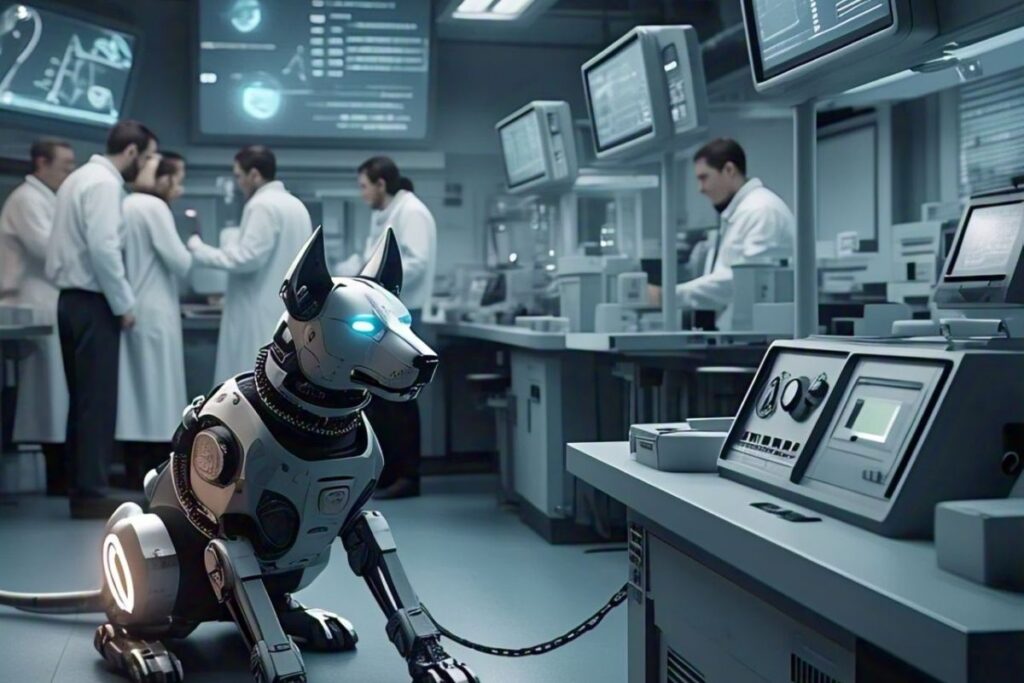
Challenges in Managing K-9 Units
Despite their many benefits, managing K-9 units comes with its own set of challenges. The cost of training and maintaining a K-9 unit is substantial, as is the time investment required to train both the dog and its handler. K-9s also require continuous care, including specialized diets, regular veterinary visits, and housing.
There are also potential risks involved, including the possibility of a K-9 injuring a suspect or bystander, even if unintentional. Misuse of K-9s, such as deploying them inappropriately in non-threatening situations, can also lead to negative public perception. Addressing these risks requires strict policies, clear operational guidelines, and public education efforts to ensure that K-9 units are used appropriately and effectively.
Strategies to overcome these challenges include ongoing training, public outreach, and transparent operational procedures. By investing in these areas, organizations can ensure that their K-9 units remain effective while minimizing potential risks.



